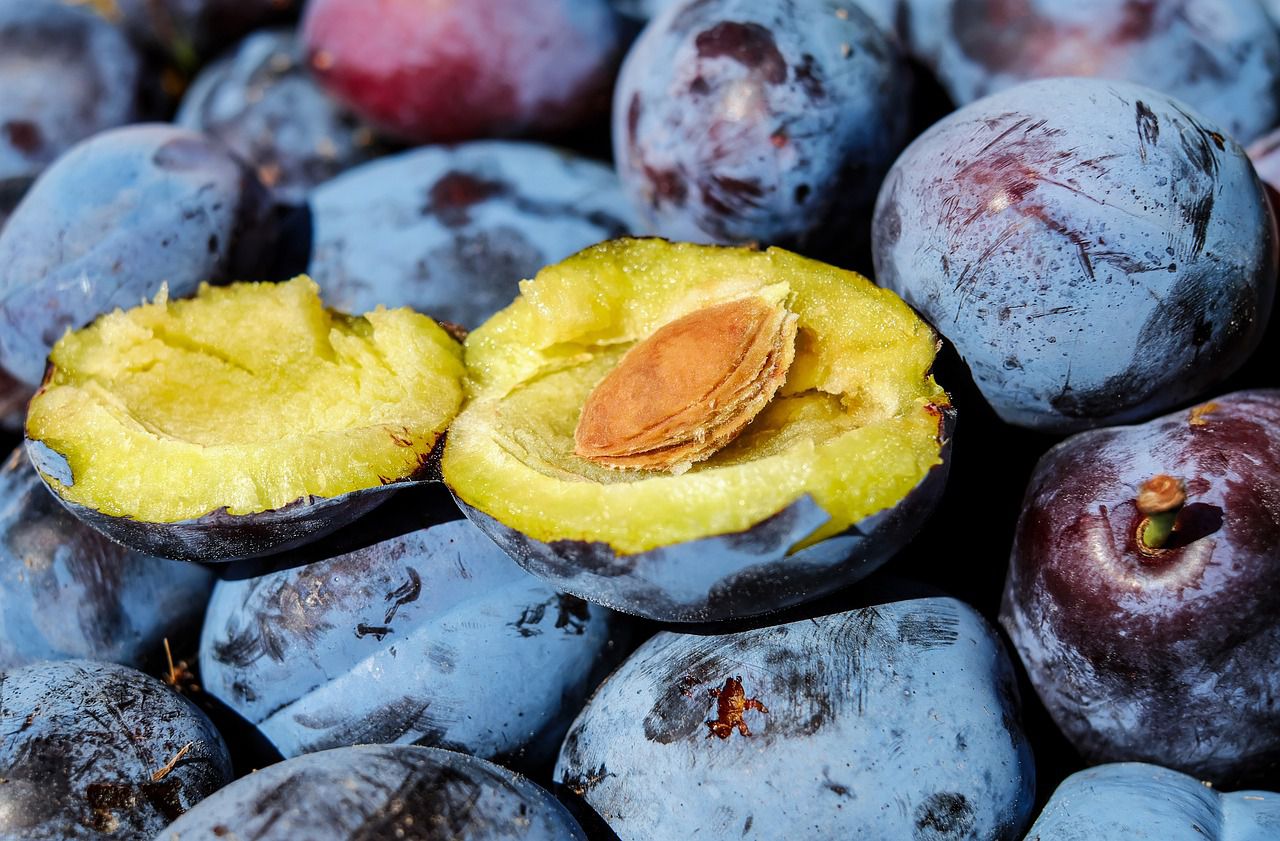No one likes seeing pests inside their fruits - it's disgusting and unsafe to eat.
Garden plums can sometimes develop worms inside them due to the presence of fruit-infesting insects, with the plum curculio being one of the most common culprits.
Here's an overview of why this happens:

Oviposition
Adult plum curculios use their specialized snouts to make a small incision in the fruit's skin, where they deposit their eggs.
The puncture mark often leaves a characteristic crescent-shaped scar on the fruit's surface.
The eggs hatch within a few days, and the tiny larvae begin their destructive feeding inside the fruit.
Feeding Habits
The larvae of plum curculios feed on the fruit's flesh as they grow, creating winding tunnels as they move through the fruit.
This feeding can lead to the development of brown, mushy areas within the fruit, making it unappetizing or inedible.
Damage and Control
The presence of plum curculio larvae inside the fruit can significantly reduce its quality and desirability.
To control these pests, many gardeners use integrated pest management strategies, which can include practices such as monitoring for adult curculios, applying insecticides at the appropriate time, and removing and disposing of infested fruit.
Natural Predators
In some cases, natural predators like birds, wasps, and other insects can help control plum curculio populations by consuming the eggs or larvae.
Encouraging a diverse ecosystem in your garden can aid in managing pest populations naturally.












